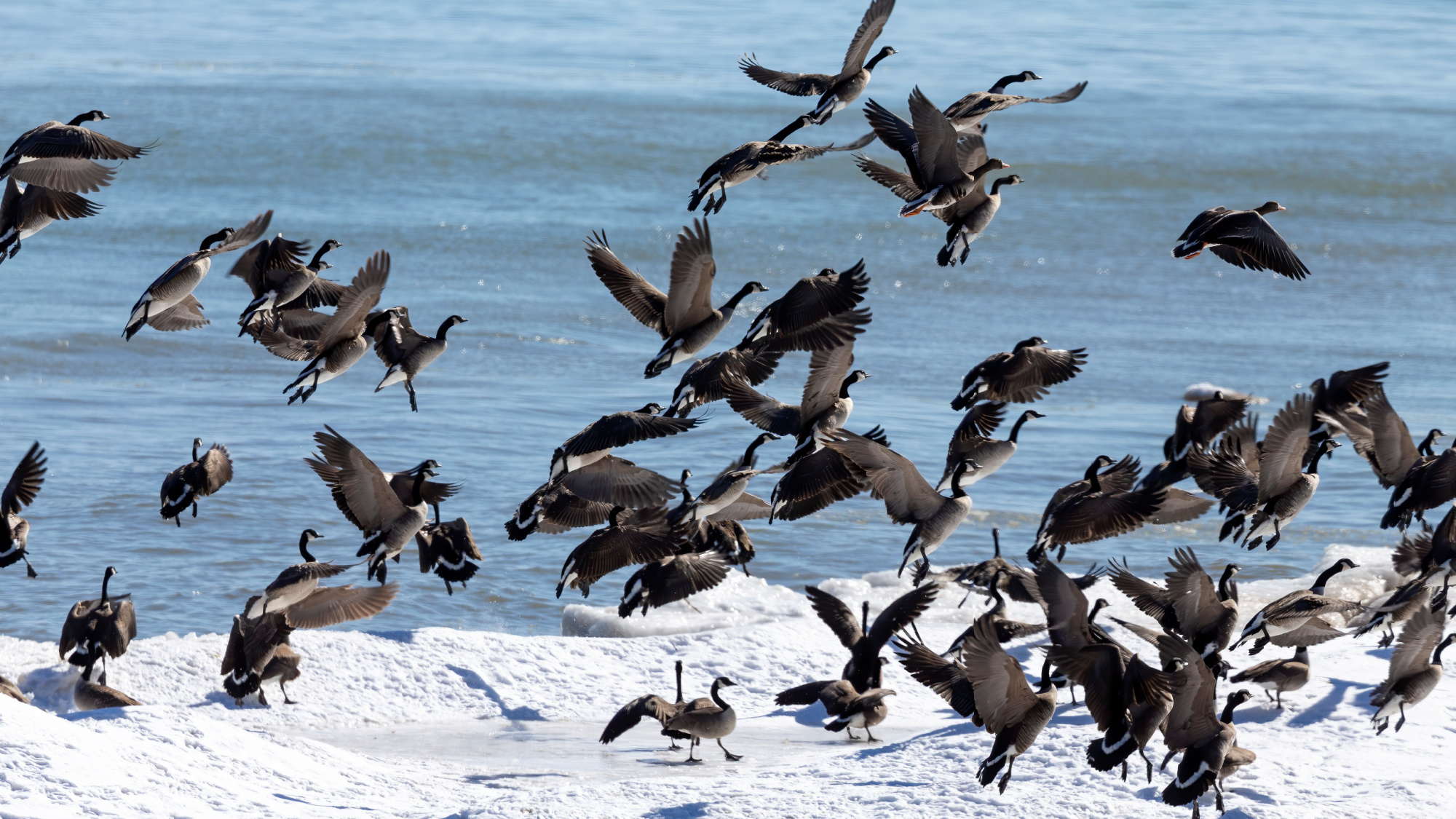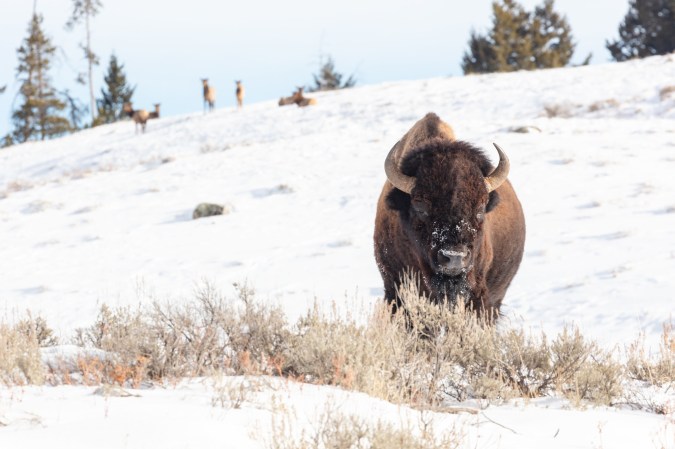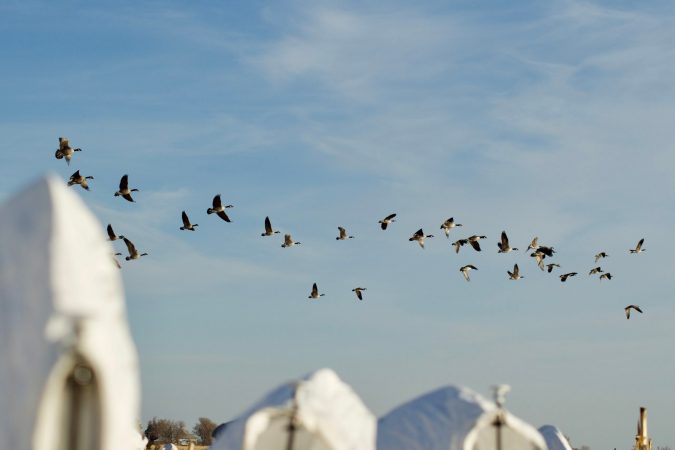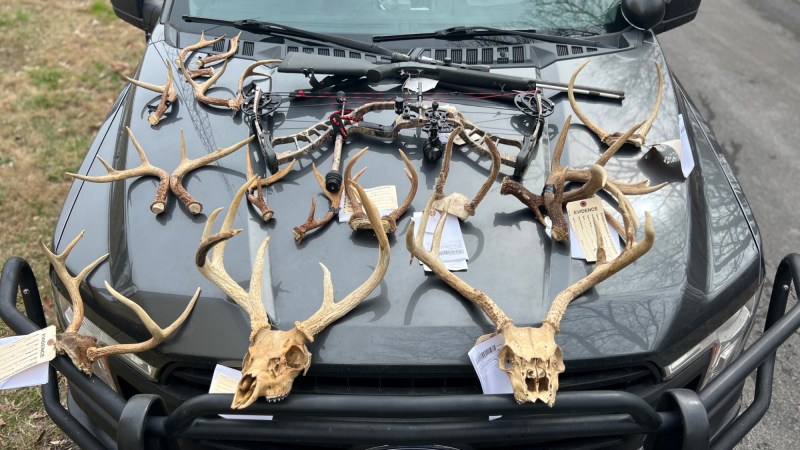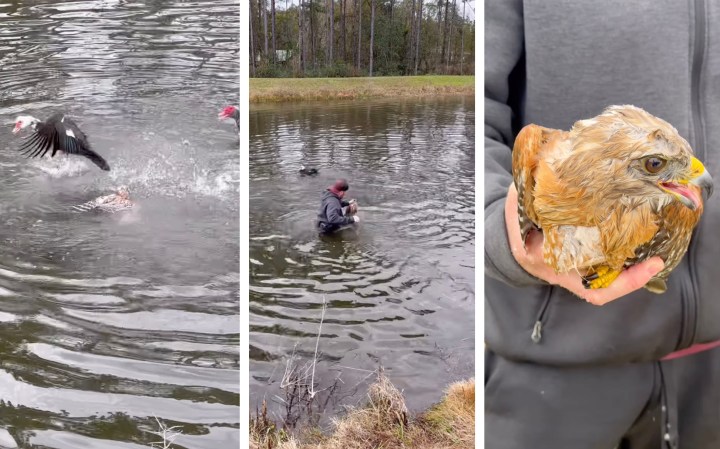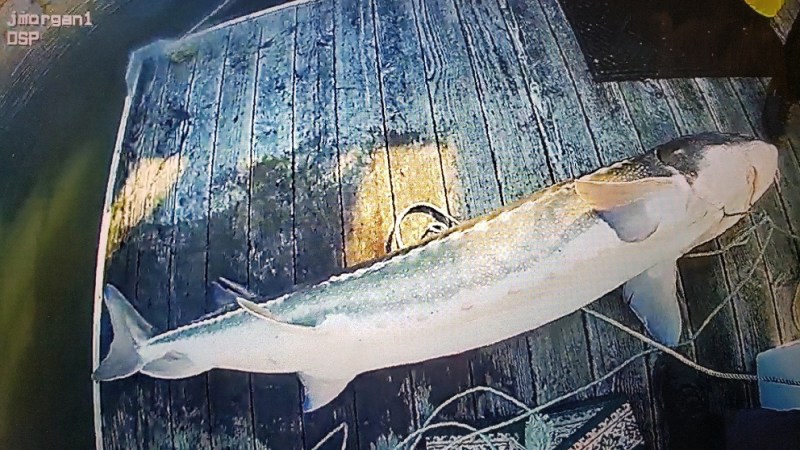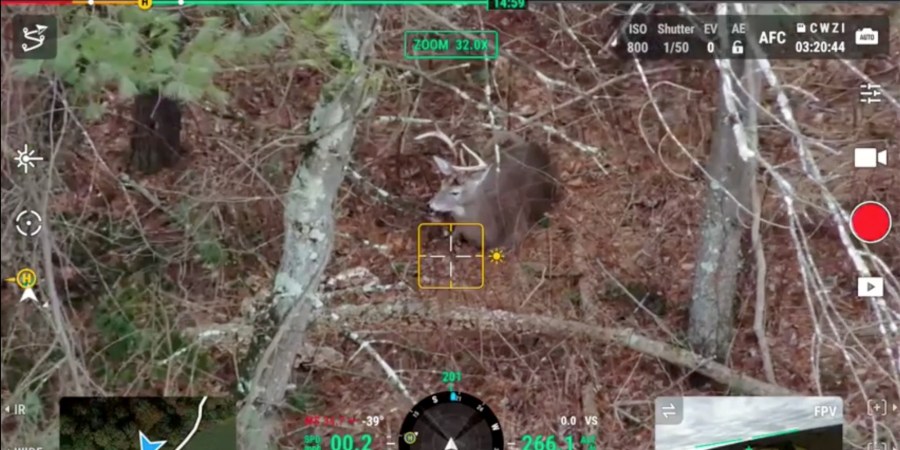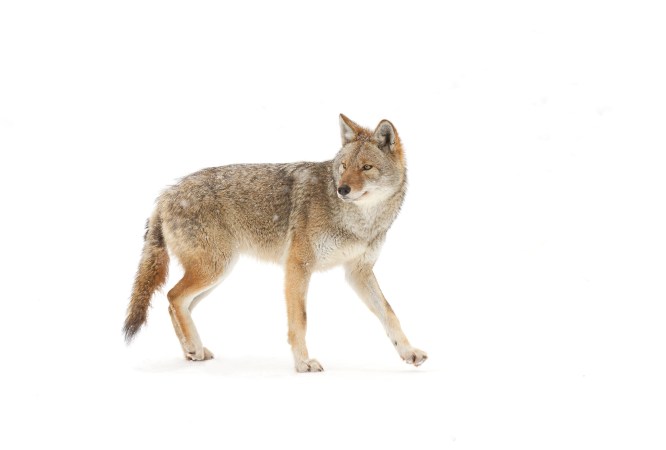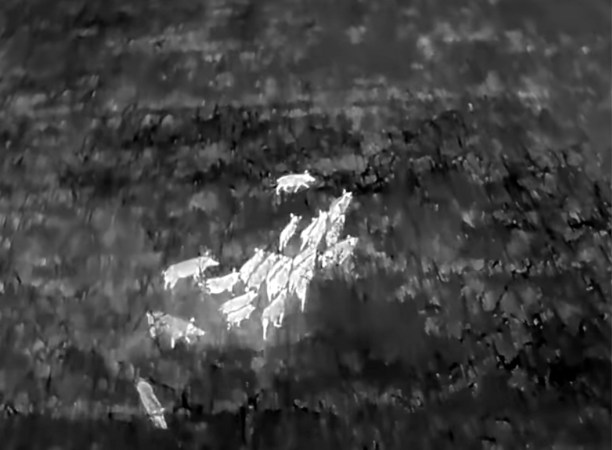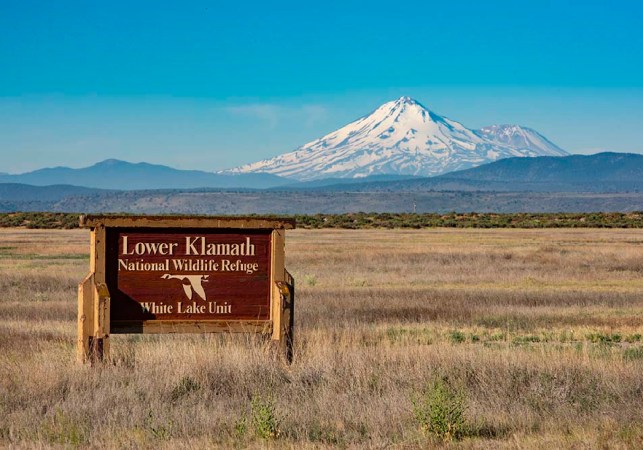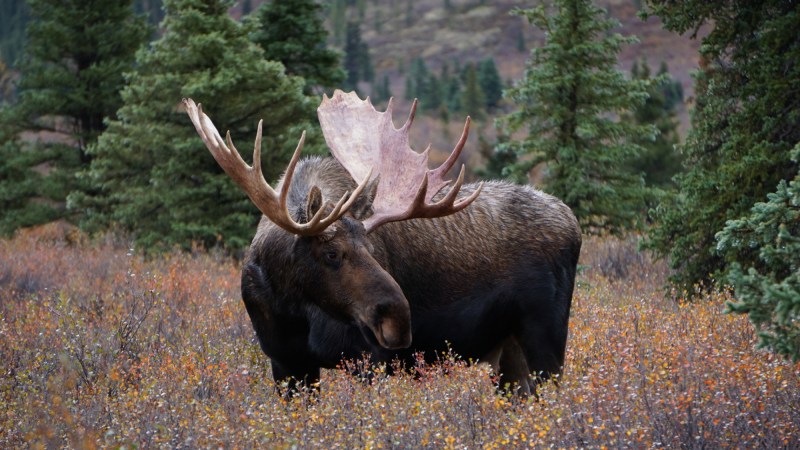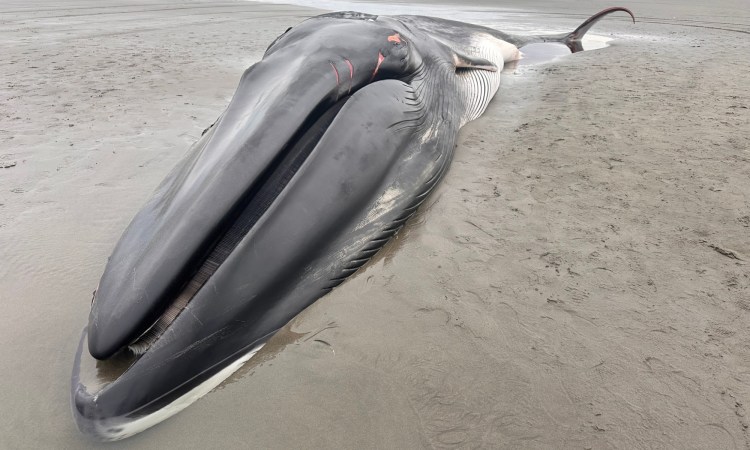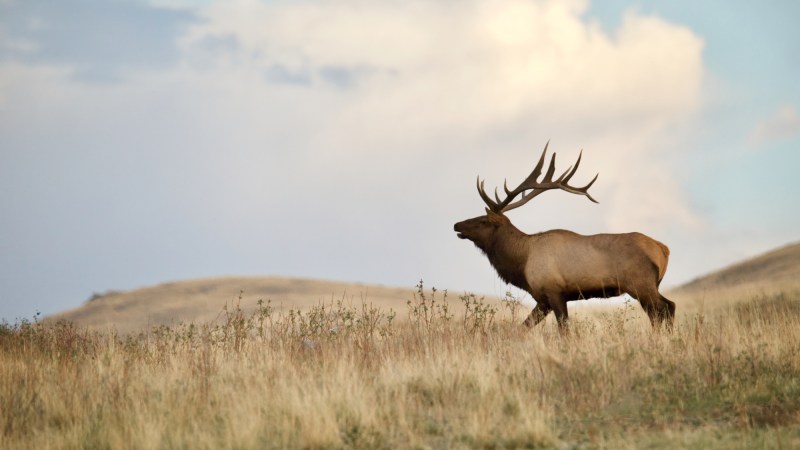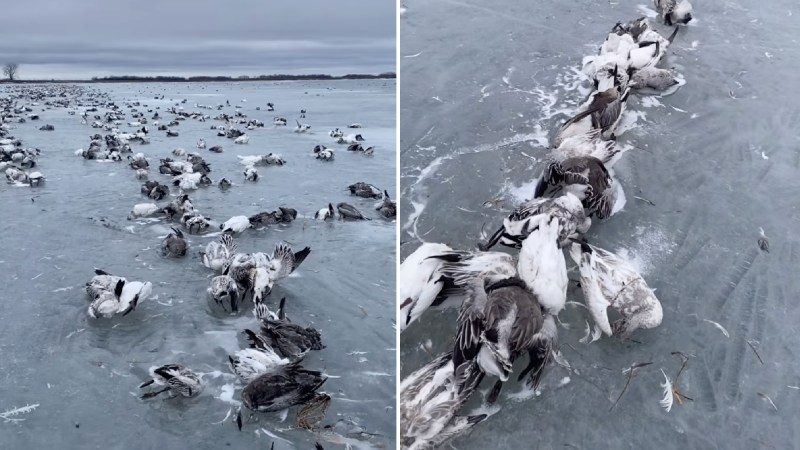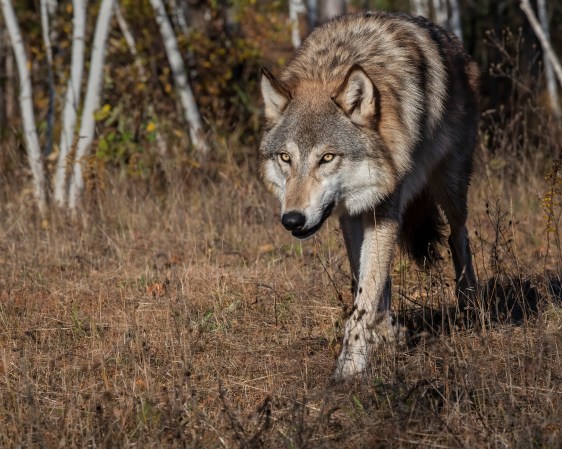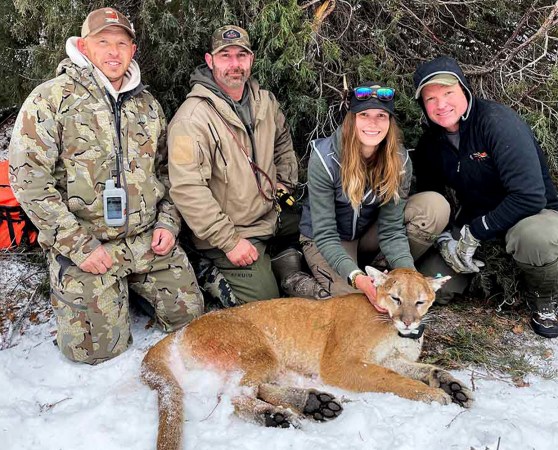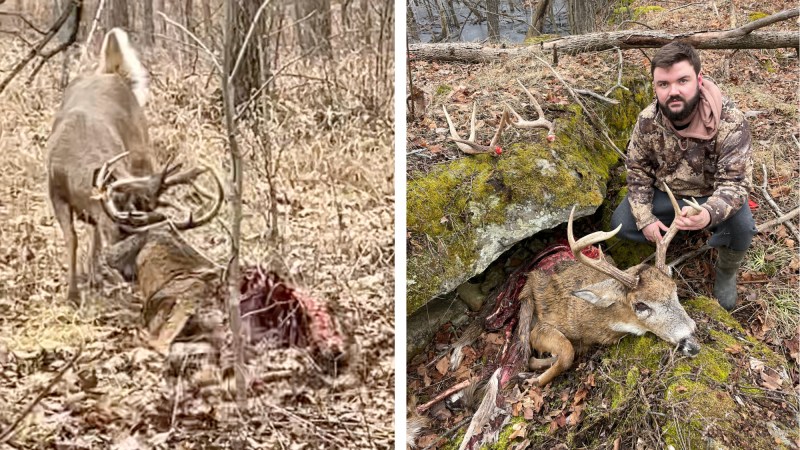Next month the rule-making body for Montana Fish, Wildlife, and Parks will decide whether to pass the migratory bird regulations proposed for 2024-2025. This year’s regs include a proposal to allow waterfowl hunting on an 87-mile stretch of the Yellowstone River in eastern Montana that’s currently off limits to waterfowl hunting. Even though most waterfowlers would welcome more public hunting access, some don’t think it’s a good idea to remove these protections.
The stretch of river between the confluence with the Bighorn River and the Rosebud-Custer county line has been “restricted” since 1958, when Canada goose numbers were incredibly low and wildlife managers needed to take drastic action to protect what few birds remained. An FWP fact sheet published by the Billings Gazette in 2007 recalls a 1961 bird count that tallied 546 geese and 3,187 ducks in the Hi-Line population in northeast Montana.
“The closure was designated to give the geese a safe haven or protected area with the idea of holding the geese in the area longer to provide increased opportunity for hunters,” the fact sheet reads.
By the 1970s, the Hi-Line population jumped to 40,000. By the mid-2000s, it was closer to 225,000. In the last decade, the population has grown by an average of 2 percent annually and now sits at around 325,000 birds, according to the U.S. Fish and Wildlife Service’s 2023 Waterfowl Population Status Report. As a result, there’s no good scientific reason to keep the area closed, FWP Region 7 wildlife manager Brett Dorak tells Outdoor Life.
“Canada goose populations across much of the United States have grown tremendously since the late nineties,” Dorak says. “We did our waterfowl survey along the Yellowstone River in early January and counted well over 100,000 geese on the river. There’s not a biological justification to keep the river closed, so we’ll wait to see what the public has to say and what the commission’s decision is.”
As Dorak also points out, waterfowl hunting is the only prohibited activity on this stretch of water. Plenty of anglers, boaters, deer hunters, and other recreational users still access the river and travel between the Bighorn confluence and the county line. It isn’t exactly a bird oasis untouched by human impact.
But local waterfowlers worry that if the already-burgeoning hunting pressure were to spill onto the sanctuary stretch of the Yellowstone, it could affect birds’ movement patterns in the area, potentially sending geese as far south as the North Platte River in eastern Wyoming or north to the Missouri Breaks. Montana Ducks Unlimited’s regional vice president Steve Christian, who lives in nearby Colstrip, explains how hunting these birds could actually get harder if access were opened up on the sanctuary. Right now, waterfowlers mostly wait for geese to travel off the sanctuary stretch onto the surrounding corn and wheat fields. (Without blowing up spots, he points out that there’s plenty of public access nearby for folks without private land permission.)
“I understand, why wouldn’t you want to open up more hunting opportunity? But it will impact the waterfowl resource by changing their migration pattern and even their roosting pattern,” Christian tells Outdoor Life. “They’re going to move off open water at daybreak or earlier to get on fields they know are safe, whereas right now they’ll stay on that sanctuary water until noon or later in the really cold months.”
Christian is also concerned about what could happen to the local tourism economy that relies on the swarms of waterfowlers who know how to hunt these birds. If bird numbers take a hit or their patterns change, “there’s going to be less people buying pizza,” as he puts it.
Read Next: The Story Behind the Snow Goose Mass Die-Off Video
Now, hunters who didn’t know about the proposal are concerned they won’t have a decent chance to voice their opinions before the decision is made on April 17. Dorak says the idea to remove the sanctuary gained traction early last summer, and that FWP conducted hunter surveys and gave presentations on the proposed 24-25 regulations throughout the last year. But as Christian points out, any hunter unfamiliar with the area, through no fault of their own, is likely to voice support for more hunting opportunity regardless of the circumstances.
“If you’re up in Kalispell in the far Northwest and you’re 600 miles away from this area, and you get the question of if we should open up an 87-mile stretch on the Yellowstone to waterfowl hunting, well, heck yeah! That’s a great opportunity for hunters to go hunt! But they don’t understand the whole dynamic behind why it’s closed.”
The public comment period is open here until March 28th.

